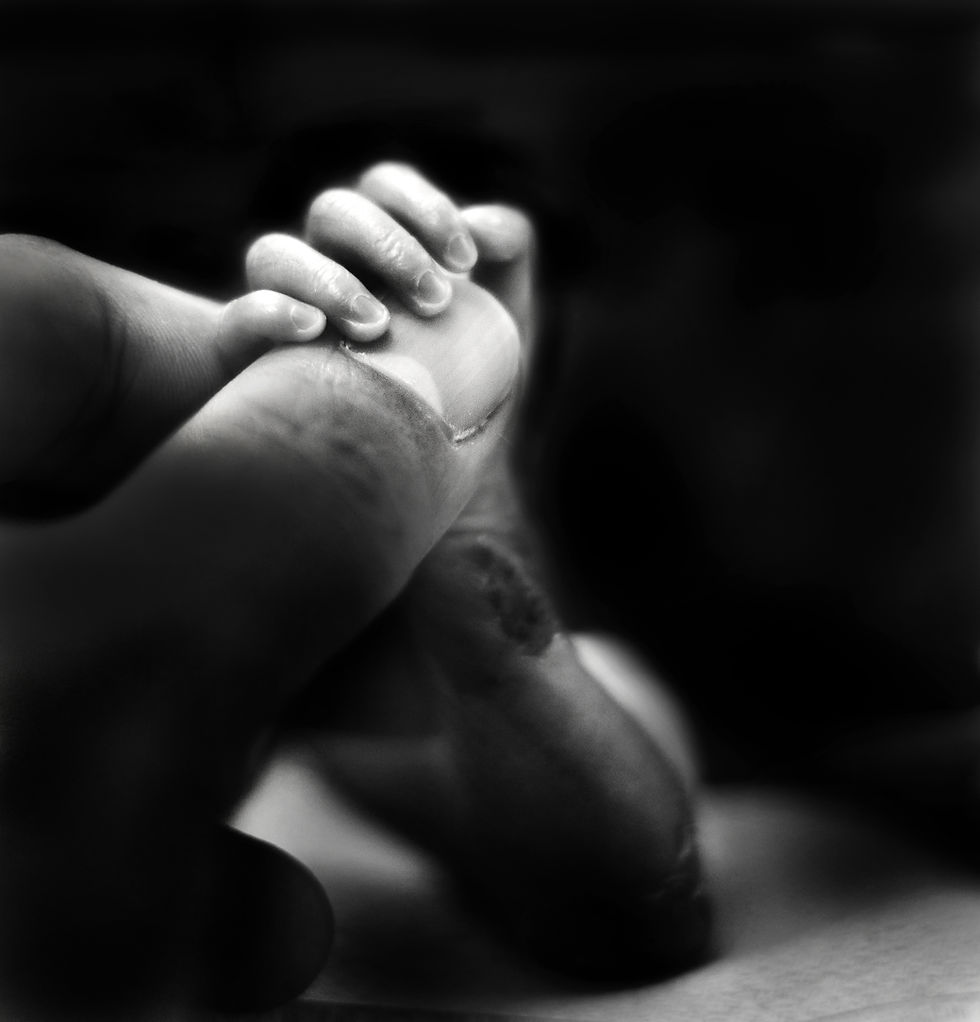Secure what?
- Sam Ford, Tennessee Fathering Initiative
- Feb 23, 2016
- 3 min read

"Let's talk about secure attachment baby. Let's talk about you and me. Let's talk about all the good things that can happen when you hold your baby."
That's how the song goes right?
Attachment is a funny thing. Secure attachment is the one we all want. That is the one where the baby trusts the caregiver and caregiver responds in a loving way. The kid uses the caregiver as their rock until they feel safe.
This is something we heard about years ago and actively tried to implement. Taking the time to relax a bit and be consistently there for the kids has played a crucial role in their development and ours as parents.
My wife also mentally kept track of positive interactions vs negative interactions. Using this good vs bad helped us to realize that when we were having a bad day, we had more negative interactions with the kids. Food for though and we can chew on that another day.
Back to attachment. Secure attachment is the prize in the sky but there are other kinds of attachment. There are three types of insecure attachment:
Avoidant
Resistant
Disorganized
Spoiler alert: These are the ones you don't want. I will paste the descriptions of disorganized but the sticking point with me is that kids will respond in an organized way to these types of attachment. They will become more stressed, unable to process emotions, and it can lead to an array of negative behaviors.
From my non-Dr. point-of-view I will give this advice: Your kids/babies need you. They need you to be there when they are hurt, happy, or somewhere in the middle. They need you when you have had a bad day. They need you to act in a reliable fashion and be the adult in the relationship.
Being consistent does not necessarily mean schedules and a regimented lifestyle but to be consistently there for them. Consistently showing them love and support even in the form of boundaries and discipline. Heck, even showing them you can make mistakes and own up for them. There will be plenty of times we may not have handled things the best way but at least we were there to try. This is an everyday occurrence for me. In fact, while I was writing this I jumped in the middle of my wife trying to get the kids to do something. Maybe I had to apologize to my wife and the kids. I am a work in progress…
Here is an excerpt from an article (click here). The author does a good job explaining the negative side of disorganized attachment that I found intriguing. Like anything, I (we) don't see everything eye-to-eye with the author but life can be subjective.
"Of the four patterns of attachment (secure, avoidant, resistant and disorganized), disorganized attachment in infancy and early childhood is recognized as a powerful predictor for serious psychopathology and maladjustment in children."
"Children with disorganized attachment are more vulnerable to stress, have problems with regulation and control of negative emotions, display oppositional, hostile, aggressive behaviours and coercive styles of interaction. The combination of disorganization and a parental rating of a difficult temperament is a potent predictor of aggressive behaviour in children at five years of age."
"In addition, disorganized attachment in infancy has been linked to internalizing and externalizing problems in the early school years, poor peer interactions and unusual or bizarre behaviour in the classroom, and higher teacher ratings of dissociative behaviour and internalizing symptoms in middle childhood."
"Children classified as disorganized with their primary caregiver at ages five to seven years have lower mathematics attainment at eight years of age. These academic problems appear to be mediated through effects on self-esteem and confidence in the academic setting. Children with disorganized attachment have low self-esteem, and at nine years of age are more often rejected by peers."
"Adolescents who had disorganized attachment with their primary caregiver during infancy have higher levels of overall psychopathology at 17 years of age, and those classified as disorganized at five to seven years of age exhibit impaired formal operational skills and self-regulation at 17 years of age. Nonetheless, it appears that the majority of children with disorganized attachment suffer adverse outcomes."
















Comments